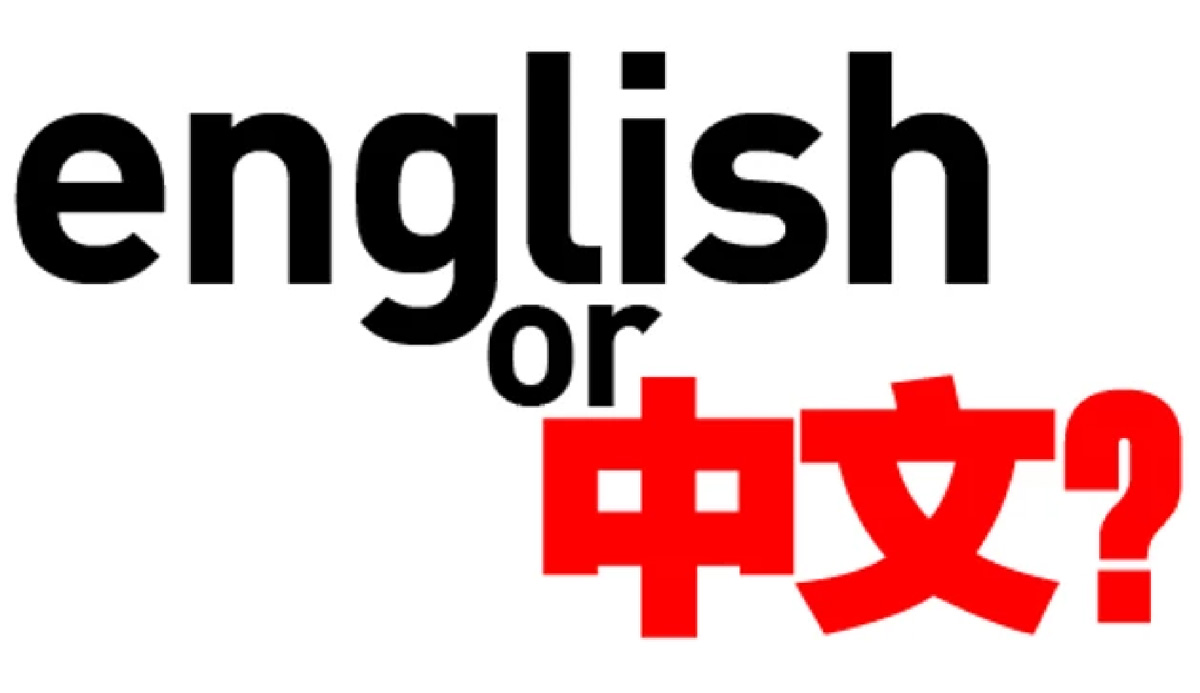Singapore’s dispute resolution policy increasingly favours alternative methods like mediation, and the best way to ensure that parties go to mediation is to have a mediation clause. However there are occasions where bespoke mediation clauses backfire and lead to wasted time and cost because there is room for argument on whether parties are bound to refer the dispute to a particular forum.
I recently had to apply for a court order to compel a main contractor to attend mediation based on the mediation clause in their contract. (Yes, I’m aware of the irony.) We could have avoided this distraction if the clause was more clearly drafted (unless the main contractor was actually hell-bent on not going to mediation – which begs the question of the purpose of the mediation clause). I’ve listed 3 main takeaways from this experience:
1. Use the word “shall”
This one should be a no-brainer for most lawyers. In my case the court found that even though there were other parts of the mediation clause which did not have the word “shall”, the phrase “shall refer” was sufficient to create a contractual obligation.
The fact that mediation does not necessarily lead to settlement didn’t prevent the court from enforcing an obligation to attend mediation and attempt settlement. Although the main contractor had some quibble about whether mediation would lead to a substantive outcome, the judicial policy clearly favoured parties trying it before coming back to push the dispute towards trial. Regardless of a party’s faith in the efficacy of mediation, the court will order that party to attend mediation once the contract clearly sets out that both sides must refer the dispute to mediation.
2. Set out a clear sequence of events
In this case, there was an issue of when mediation could begin, because there was an identical arbitration clause with the same phrase “shall refer”, but the mediation clause contained a qualifier that parties didn’t have to attempt mediation before commencing arbitration. The court accepted that since arbitration had already started, there was no obstacle to ordering the main contractor to attend mediation.
However we could have avoided this set of proceedings if the contract had instead set out clearly the sequence of arbitration or mediation, instead of creating an ambiguity of when mediation had to take place. An arb-med-arb clause clearly inserting a mediation session at a defined midpoint in the arbitration proceedings would make it clear to all parties that not only was mediation a must, but it also would take place at a particular point.
3. Refer to a clear set of mediation rules
I had to be careful in crafting the scope of the application, as I had to list the exact sequence of acts that the main contractor had to do to move the matter towards mediation. Fortunately the clause referred to the Singapore Mediation Centre Rules, so it was a matter of accurately copying the sequence of events set out in those rules. As a result, the court did not have to question the list of acts that we sought in the order.
Mediation usually requires many preparatory steps, such as filling out forms, making payments and submitting documents for the mediators’ use. Picking an institution with clearly defined procedures can help prevent the mediation from stalling, by clearly identifying the acts required to be done. In contrast, because the arbitration clause in this contract did not have such reference to rules, we had to settle for an ad hoc arbitration which gave rise to a host of issues (but not the subject of this article anyway).
While institutions have model clauses for parties to adopt and insert into their contracts, occasionally some will be driven by their specific business needs to create their own mediation clauses. aSssuming the parties or their lawyers do not intend to draft in vain, the mediation clauses should be clear and specific so that there is no question of when and how parties intend to mediate, so that there is no risk of a collateral dispute.








































